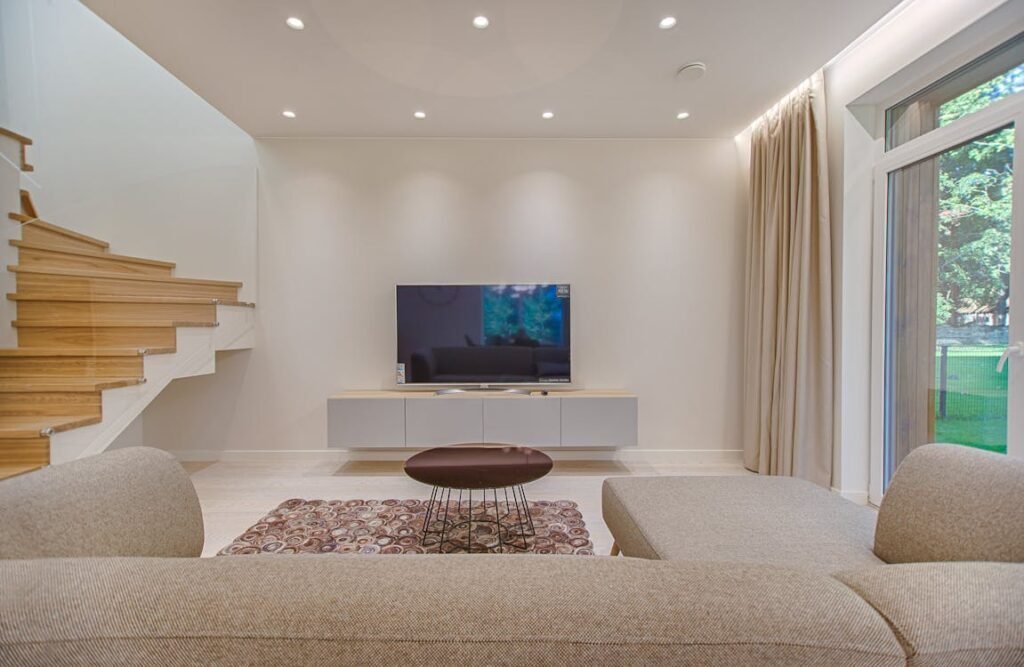Curtain Gliders: Types, Installation, and Maintenance Tips

Introduction
Welcome to our comprehensive guide on curtain gliders! In this article, we will delve into the world of curtain gliders, exploring their types, installation techniques, and maintenance tips. Whether you’re a seasoned DIY enthusiast or a novice homeowner, understanding curtain gliders is essential for achieving a seamless and stylish window treatment solution.
Define the Curtain Glider
Curtain gliders, also known as curtain tracks or rails, are essential components of curtain systems. They facilitate smooth movement and functionality by allowing curtains to open and close effortlessly along the track.
Relevance and Importance
Curtain gliders play a crucial role in enhancing the functionality and aesthetics of window treatments. By choosing the right type of gliders and installing them correctly, homeowners can achieve optimal light control, privacy, and insulation.
Types and Categories
Understanding the different types and categories of curtain gliders is essential for selecting the most suitable option for your specific needs.
Ceiling-Mounted Curtain Tracks
Ceiling-mounted curtain tracks are installed directly onto the ceiling, providing a sleek and unobtrusive solution for hanging curtains. They are ideal for spaces with high ceilings or where wall mounting is not feasible.
Wall-Mounted Curtain Tracks
Wall-mounted curtain tracks are affixed to the wall above the window frame. They offer stability and support for heavier curtains and are commonly used in residential and commercial settings.
Plastic Curtain Gliders
Plastic curtain gliders are lightweight and affordable options that offer smooth operation along the track. They are suitable for lightweight curtains and come in various shapes and sizes to accommodate different track designs.
Metal Curtain Gliders
Metal curtain gliders are durable and sturdy options designed to withstand the weight of heavier curtains. They offer enhanced durability and smooth movement, making them ideal for long-term use.
Symptoms and Signs
Recognizing common symptoms and signs of curtain glider issues is essential for troubleshooting and maintenance.
Sticking or Jamming
If your curtains are sticking or jamming when opening or closing, it could indicate a problem with the gliders or track alignment.
Uneven Movement
Uneven movement of the curtains along the track may be caused by damaged or misaligned gliders.
Noisy Operation
Excessive noise during curtain operation can be a sign of worn-out or poorly lubricated gliders.
Causes and Risk Factors

Understanding the underlying causes and risk factors associated with curtain glider issues can help prevent potential problems.
Poor Installation
Improper installation of curtain tracks and gliders can lead to operational issues and premature wear and tear.
Lack of Maintenance
Neglecting regular maintenance, such as cleaning and lubrication, can contribute to glider deterioration and track malfunctions.
Heavy Curtains
Using curtains that are too heavy for the gliders to support can put strain on the track system, leading to performance issues.
Diagnosis and Tests
Diagnosing curtain glider problems requires a systematic approach to identify the root cause of the issue.
Visual Inspection
Conduct a visual inspection of the curtain track and gliders to check for signs of damage, misalignment, or wear.
Functional Testing
Test the functionality of the curtain system by opening and closing the curtains to identify any sticking or uneven movement.
Track Alignment
Ensure that the curtain track is properly aligned and securely mounted to the ceiling or wall.
Treatment Options
Addressing curtain glider issues promptly is essential for restoring functionality and prolonging the lifespan of the curtain system.
Glider Replacement
Replace damaged or worn-out gliders with new ones that are compatible with your curtain track.
Track Realignment
Realign the curtain track to ensure smooth and seamless movement of the curtains along the track.

Lubrication
Apply a silicone-based lubricant to the curtain track and gliders to reduce friction and improve operation.
Preventive Measures
Implementing preventive measures can help minimize the risk of curtain glider issues and prolong the longevity of the curtain system.
Regular Maintenance
Perform routine maintenance tasks, such as cleaning the track and lubricating the gliders, to prevent debris buildup and ensure smooth operation.
Proper Curtain Selection
Choose curtains that are appropriate for the weight and size of your curtain gliders to avoid putting unnecessary strain on the track system.
Professional Installation
Seek professional assistance for the installation of curtain tracks and gliders to ensure proper alignment and functionality.
Personal Stories or Case Studies
Real-life experiences and case studies can provide valuable insights into the importance of proper curtain glider maintenance and troubleshooting.
Sarah’s DIY Disaster
Sarah, a homeowner, attempted to install curtain tracks and gliders herself without proper instructions. Due to improper alignment, the curtains kept getting stuck, leading to frustration and inconvenience. After seeking professional help, the issue was resolved, highlighting the importance of proper installation.
Expert Insights
We reached out to interior design expert, Emily Johnson, for her insights on curtain gliders and maintenance tips.
Emily’s Advice
“Proper installation and maintenance of curtain gliders are essential for ensuring smooth and seamless operation. Regularly inspect the track and gliders for any signs of wear or damage, and address issues promptly to avoid more significant problems down the line.”
